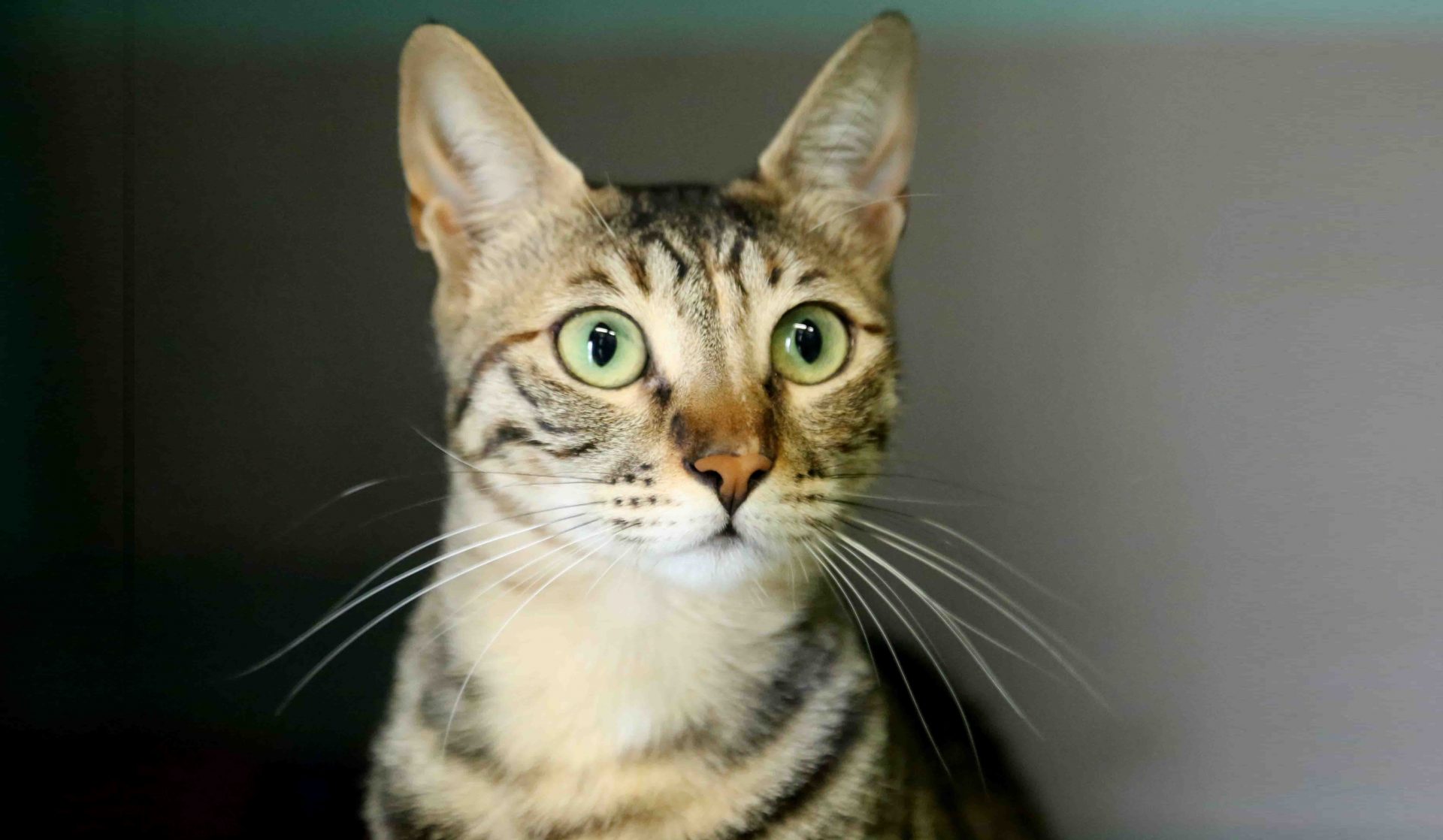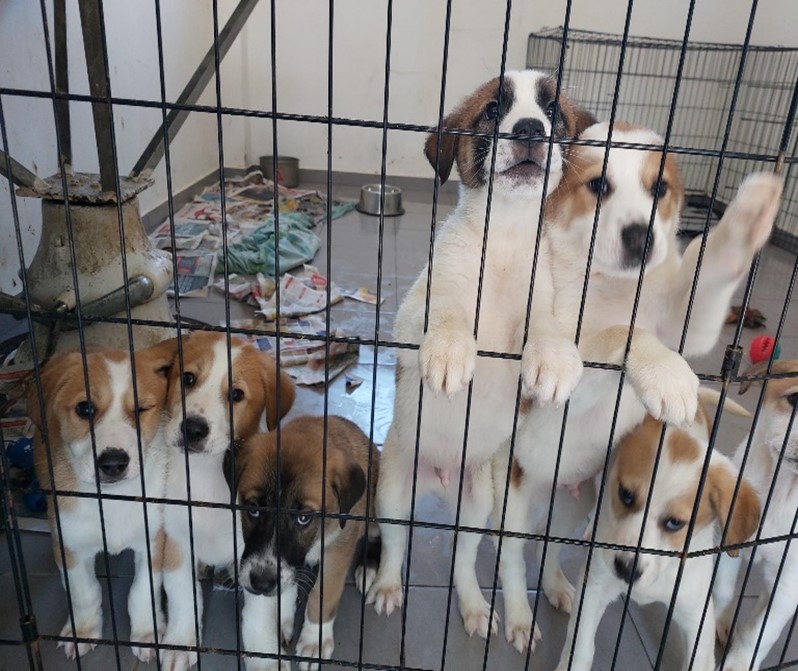Dr. Deganit Ben Dov
Cats – furry creatures, smooth, striped and spotted, black, white and ginger. Among all those fur covered creatures, cats are the most fun to pet. In the last few years the number of people deciding to raise cats in their homes as pets, and accordingly, the interest that researchers are showing in the place of the cat in human society, has also grown. Many professional articles are dealing with the contribution of the cat to the health of its owners – lowering of blood pressure, improving moods and mental health and even curing cancer.
Some History
The cat was domesticated in ancient Egypt about 5,000 years ago. Cats were raised in homes and in granaries in order to guard them against rodents and snakes. They were considered holy god-lings and anyone who killed a cat was sentenced to death. In the area of China, more than 3,000 years ago, a long haired cat was domesticated, and this cat was the one that contributed long hair genes to the cats of our time. Cats came to Italy from Egypt with Phoenician merchants who raised them on their ships. In the first centuries of the common era, cats spread out from Italy to the rest of the countries of Europe, where they were kept as pets and as rodent killers, and even performed a function in various religions. In the Middle Ages cats were considered as part of the power of the black devil and many of them were killed and burnt as agents of the devil. In the 18th and 19th centuries the status of the cat started to rise and improve, and today there are tens of millions of cats in homes throughout the world.
The House Cat and the Street Cat
The number of house cats rises from year to year. In Europe there are 40 million pet cats and in the United States more than 60 million. The number of house cats in Israel is estimated as about 200,000. Domestication created dependence of the cat upon people and a potential for high fertility, a problematic combination since the number of house cats that are born today is much higher than the number of people who are interested in caring for them.
Parallel to the rise in popularity of cats as well-cared-for pets, there is a rise in the number of abandoned cats and in street cats. Most of the house cats who end up on the street do not survive very long. In a suitable place where there is easy prey and few competitors, the feral cats endanger the birds and the reptiles even to the extent of danger of extermination.
An adult female cat can have kittens twice a year, four kittens each time. Ninety percent of the kittens of street cats die before their first year. The cat that lasts a year is expected to live another two or three years only, in contrast to the house cat who can reach old age at 15 to 20 years. The street cats are likely to have a life of hunger, vulnerability to different illnesses and injuries from vehicle and humans.
In a research project that was conducted in England it was found that one in five cats that were examined were in a bad physical state from injuries and respiratory illnesses. The cats tended to show signs of illness, and that is one of the reasons for the belief that cats have nine lives: the cat is injured but does not appear injured. A cat such as this living on the street, “will look thin but healthy, until the stage where his body will not be able function and the cat will collapse”.
The Street Cat in Israel
It is not clear how many street cats there are in Israel. If we accept the evaluation that the number of street cats is ten times larger than the number of house cats then we are talking about two million cats. Varies bodies in Israel and the world tried to deal with the problem of street cats in various ways. There are two extreme approaches to the problem of street cats, and as in many cases there is no one truth, and the best way is a combination of the different approaches.
One approach is based on the idea that the cat is a house pet. The cat needs a human to take care of him, and is not expecting a life of suffering. Therefore we should catch any cat not being cared for and kill it as humanely as possible in order to prevent it having a life of suffering. The opposite approach is based on the idea that the cat is a living and beloved being, even if it has no owner. Since most of the suffering of street cats is connected with reproduction, the supporters of this approach believe in neutering all street cats, and in time this will reduce their reproduction until the problem will be solved.
The reality is of course much more complex and complicated, Many districts tried to exterminate the population of street cats, without success. The cats continue to reproduce. On one hand the programs of catching and neutering street cats is expensive and demands coordinated effort on the part of many factors. Sometimes it is enough that one person objects to this program to cause the cats to be injured and to suffer. In many cases cat lovers are convinced that neutering street cats is the correct way, but they are not willing to contribute and invest in it, and expect that other factors (district authorities and cat welfare agencies) will take care of the problem. The solution must include the neutering and castration of house cats in order to reduce as much as possible the number of abandoned cats. The neutering and castration of the cats living in the street are suitable ways only for the populations of street cats who are fed by people who can do follow ups, to care for them when they are injured and to neuter new cats who join the group. Today this way is suitable to a small part of the populations of street cats. A program of education and explanation will enable the implementation of programs of neutering of street cats.
But in the meantime, hundreds of thousands of cats are suffering and dying in the streets. However, we can not educate people to be humane and to take public responsibility, while at the same time we are closing our eyes to the suffering of the street cats. A desire for a better and more humane solution does not have to contradict the desire to prevent suffering now. The euthanizing of abandoned cats is not a good solution, but the lesser evil. In cases where we cannot give good lives to animals, we can at least act with humanity and shorten their suffering.
* This article was written by Dr. Deganit Ben Dov in honor of the big cat event “Tel-Aviv says Meow”, May 2001 at the Cinamateque in Tel-Aviv and published in the newspaper “The Nature of Things”.









